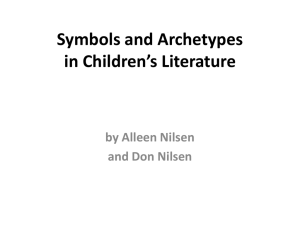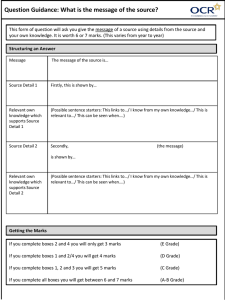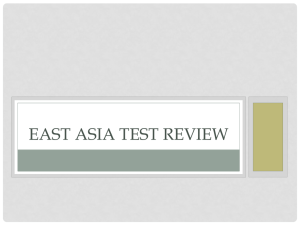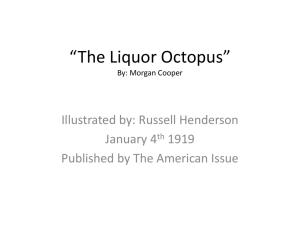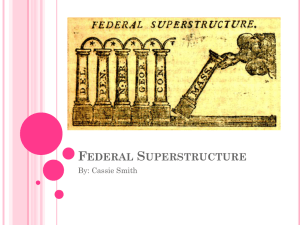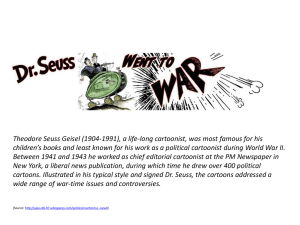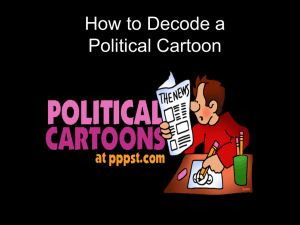Analyizing a Political Cartoon
advertisement
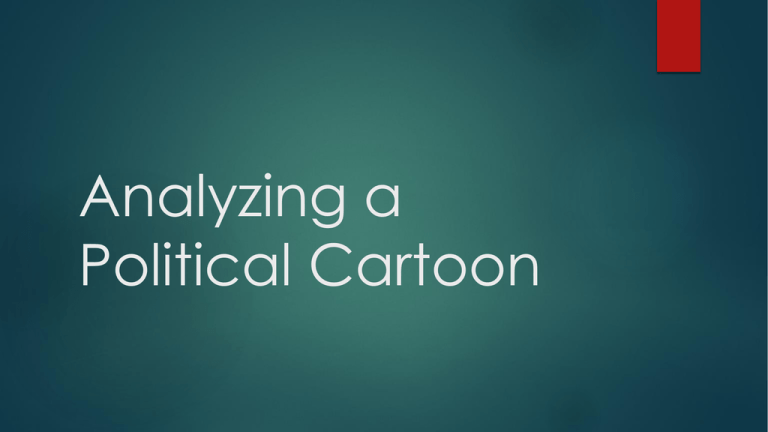
Analyzing a Political Cartoon How to Analyze Political Cartoons In almost every newspaper around the world, a political cartoon is published that highlights a particular viewpoint or idea through the use of illustration. Often, the image is exaggerated and intended to be humorous as well as informative. They can also be satirical or even serious in tone, depending on the audience, the artist, and the idea illustrated. Use these steps to analyze a political cartoon so you can accurately find what the artist is trying to convey. Let your eyes "float" over the cartoon. Artists know what will capture the mind's attention first. Allow your mind and your eyes to naturally find the portion of the cartoon that most stands out. Most often, this will be a caricature, which is an exaggeration or distortion of a person or object with the goal of providing a comic effect. In this example, “The plum-pudding in danger”, the main focus is the plate: Follow the cartoon's natural flow If it's a person, to whom are they talking? Where are they standing? If it's an object, what is being done to the object? What is it doing there? Most often, you can look around the immediate vicinity of the primary focus to find what is being described. This is usually an allusion, or an indirect reference to a past or current event that isn't explicitly made clear within the cartoon. Following our example, the the world shaped plum pudding is being carved by Napolean Bonaparte and William Pitt Determine the audience. What section of the population is the publication geared towards, and in what country and locality? A political cartoon will be created with consideration to the experiences and assumptions of the intended audience. For example, a political cartoon in a publication distributed in a strictly conservative tone will convey its message in a different way than it would if the audience was a particularly liberal group. • “The plum-pudding in danger" was first published in February 26, 1805. The audience at the time would probably recognize the abbreviations as standing for a British American colony or region. Understand the context of the cartoon. More often than not, the political cartoon will be published in context, meaning that it is associated with the main news story of the day. If you are viewing a political cartoon outside of its original publishing source, you will want to be well-read about current and historical events. For example, if Al Gore is talking to the Democratic National Convention about the Internet and how great it is, you need to understand that the press at one time misinterpreted what Al Gore said in an interview with CNN's Wolf Blitzer that he "invented" the Internet. “The Plum-pudding in danger" was drawn by James Gillray Look for widely recognized symbols Some metaphors are commonly used by political cartoonists. For example: • Uncle Sam or an eagle for the United States • John Bull, Britannia or a lion for the United Kingdom • a beaver for Canada Look at minor details in the cartoon that will contribute to the humor or the point of the cartoon. Often, words or pictorial symbols will be used to convey minor themes or ideas, but they are found in the background or on the sides of the cartoon. Tips Don't create problems if you disagree.. Avoid thinking outside the box, do not make it hard on yourself. Stay within the topic. Keep up on current events in order to gain context for modern political cartoons. Many political cartoons appear in the opinion or editorial page of a newspaper. If you are having trouble discerning the meaning of a political cartoon, try discussing it with friends and colleagues. Think of the emotion the author is trying to generate in the target audience Warnings Political cartoons are often times meant to be funny and occasionally disregard political correctness. If you are easily offended, be wary of looking at particular cartoons.

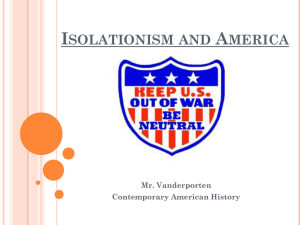
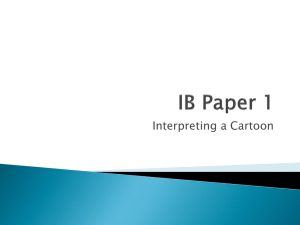
![Phrasal Verbs in Cartoons[2]](http://s2.studylib.net/store/data/005310718_1-897d1a57ddfabbe64c60ba43d0222e3b-300x300.png)

